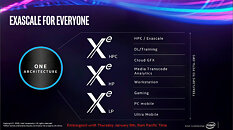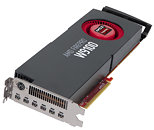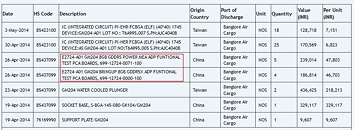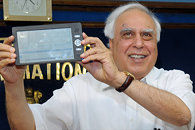
India is Trying to Win Over Intel
Remember that US$10 billion incentive India approved earlier this month? Well, it looks like India is planning on using at least some of that incentive to win over Intel, as the Indian Minister for IT and Electronics, Ashwini Vaishnaw welcomed Intel to India in a tweet the other day. Some news outlets seem to have taken this tweet as an agreement has already been struck, but this doesn't seem very likely, as Intel hasn't provided any kind of comment on the topic.
That said, the Indian incentive will pay for up to 50 percent of the cost of building a new fab, which we know isn't pocket change, considering that a cutting edge fab can easily cost in excess of US$10 billion. However, it seems highly unlikely that Intel would build a chip fab in India, based on the requirements for such a fab, not only in terms of logistics, but also when it comes to power and water supplies and least not a suitable labour force. What might happen is that Intel sets up something like a chip packaging plant there in the future, much like what it's planning to potentially do in Italy and that the company is expanding in Malaysia.
That said, the Indian incentive will pay for up to 50 percent of the cost of building a new fab, which we know isn't pocket change, considering that a cutting edge fab can easily cost in excess of US$10 billion. However, it seems highly unlikely that Intel would build a chip fab in India, based on the requirements for such a fab, not only in terms of logistics, but also when it comes to power and water supplies and least not a suitable labour force. What might happen is that Intel sets up something like a chip packaging plant there in the future, much like what it's planning to potentially do in Italy and that the company is expanding in Malaysia.





























